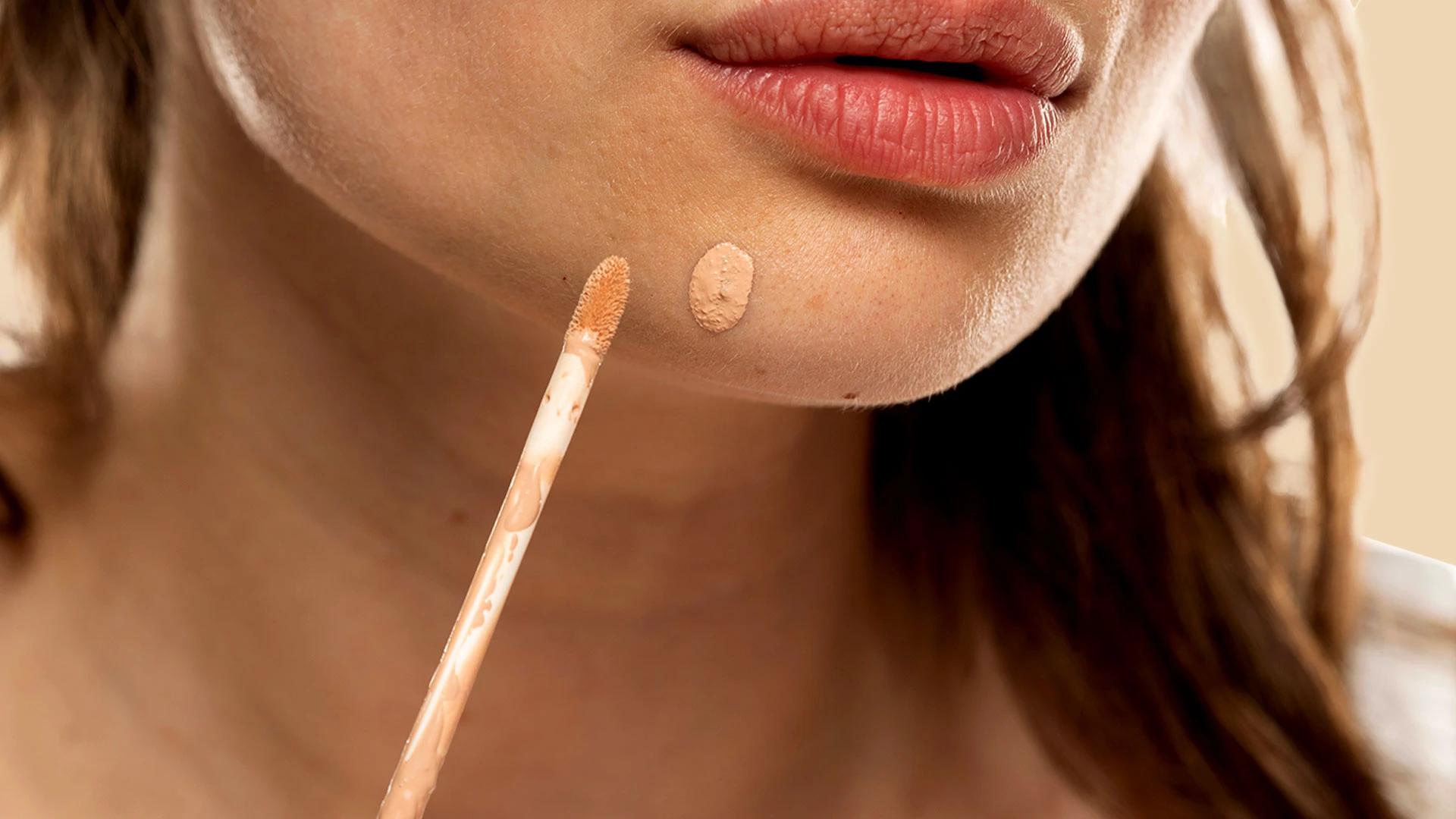Let's be real—mastering makeup steps can feel like decoding a secret language when you're just starting out. But here's the thing: creating a flawless look isn't about being perfect; it's about finding what works for your unique features and building confidence one step at a time. Whether you're prepping for your first day at work or just want to try something new for the weekend, getting these basics right will become your foundation for everything else. Think of this guide as your makeup bestie—we're breaking down each step so you can discover your own beauty routine that feels authentic to you.
Essential Makeup Steps for Beginners
Every good makeup routine follows a logical flow that builds upon itself. Understanding these core makeup steps helps you create a polished look without feeling overwhelmed by cosmetic application.
The beauty of these steps lies in their flexibility—you can choose to follow all of them for a full glam moment or pick just a few for your everyday vibe. Here's your roadmap:
• **Skincare prep** - Your canvas needs to be ready
• **Foundation application** - Creates an even base
• **Concealer** - Targets specific areas that need extra coverage
• **Setting powder** - Locks everything in place
• **Bronzer and blush** - Adds dimension and colour
• **Eye makeup** - Where the magic really happens
• **Lipstick application** - The final touch that pulls it all together
Preparing Your Canvas: Skincare Prep
Before you even think about reaching for your makeup brushes, your skin needs some love. Proper skincare prep is the secret to makeup that looks smooth, stays put, and doesn't cake up halfway through the day.
Skipping this step is like trying to paint on a rough wall—it just won't look right. Your beauty routine should always start with clean, moisturised skin that's ready to work with your products, not against them.
Cleansing and Moisturising
Start with a gentle cleanser to remove any overnight skincare products or residue. Clean skin helps your makeup apply more smoothly and last longer throughout the day.
Choose a moisturiser that suits your skin type—lightweight for oily skin, richer formulas for dry skin. Give it a few minutes to sink in before moving on to makeup.
Sunscreen Application
SPF isn't optional, even when you're staying indoors. UV protection should be part of every beauty routine, and many modern sunscreens work beautifully under makeup.
Apply sunscreen evenly across your face and neck, then wait about five minutes before applying foundation. This prevents your base from sliding around.
Foundation: The Base of Your Look
Foundation is where your makeup game really begins. Getting this step right means everything else will fall into place more easily. The key foundation tips revolve around choosing the right product and applying it with the proper technique.
Think of foundation as the filter for your real life—it should look like your skin, just better. The goal isn't to create a mask but to even out your complexion whilst letting your natural beauty shine through.
Choosing the Right Foundation
Test foundation on your jawline, not your wrist or hand. The perfect shade should disappear into your skin without any obvious lines or colour differences.
Consider your skin type when selecting formulas: matte foundations work well for oily skin, whilst dewy finishes complement dry skin beautifully.
Application Techniques
Beauty sponges give the most natural finish, brushes offer more coverage, and fingers work great for light, everyday application. Experiment to find what feels right for you.
Blending techniques are crucial—work in thin layers and build coverage gradually. Pat and press rather than rubbing or dragging the product across your skin.
Concealer Magic: Covering Imperfections
Concealer is your targeted problem-solver. Unlike foundation, which covers your entire face, concealer focuses on specific areas that need extra attention. Mastering this step transforms your entire look.
The trick is knowing when and where to use concealer. Some days you might need just a dot under each eye, other times you'll want to cover blemishes or even out discolouration around your nose.
Concealer Types and Uses
Under-eye concealer should be one shade lighter than your foundation to brighten and lift your eyes. This creates that fresh, awake look even on zero-sleep days.
For blemishes, choose a concealer that matches your foundation exactly. Going too light will just draw attention to spots you're trying to hide.


 Combo
Combo Combo
Combo 18 gm
18 gm Combo
Combo